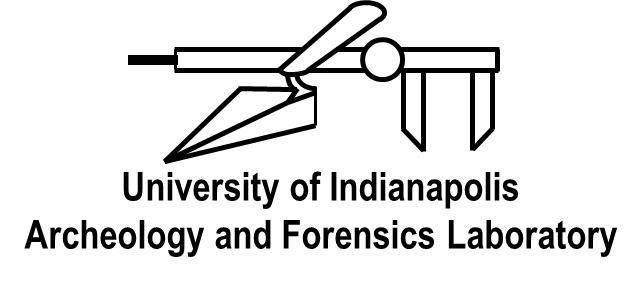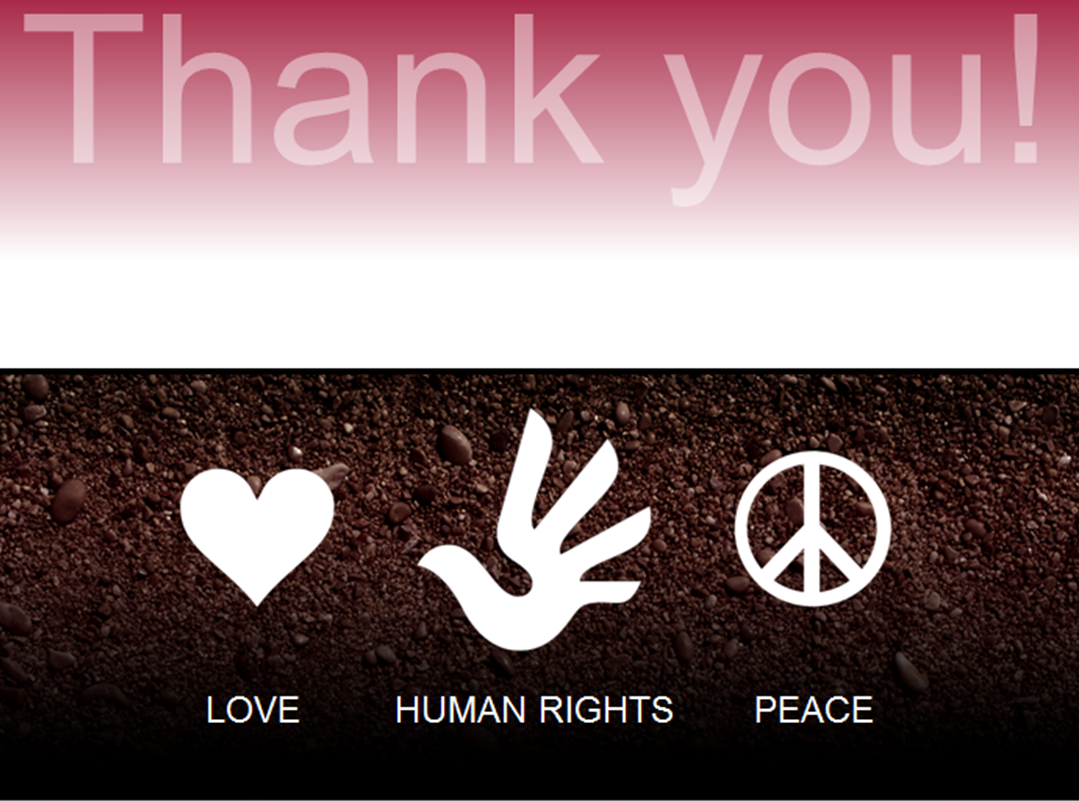As we gear up to return to Falfurrias, I can’t help reflecting on the past year. Our first trip didn’t end with our return to Indianapolis, it was just getting started. If you had asked any of us at this time last year, before we traveled south, if we truly knew what we were getting into, we of course would have answered “Yes!” But the truth is we didn’t have a clue. The magnitude of the project floored all of us.  Even with Baylor University and Texas State University also working towards identification of the exhumed individuals, there were far more unidentified than what we anticipated. So, after last year’s trip, we received thirteen individuals from the 2013 exhumations at the UIndy Archeology and Forensics Laboratory (AFL). The AFL is a dedicated working and educational lab for the analysis of skeletonized remains. Dr. Latham organized a formal class that would train us in every aspect of the process, which for many of us was an opportunity to put all of our previous training to use from start to finish.
Even with Baylor University and Texas State University also working towards identification of the exhumed individuals, there were far more unidentified than what we anticipated. So, after last year’s trip, we received thirteen individuals from the 2013 exhumations at the UIndy Archeology and Forensics Laboratory (AFL). The AFL is a dedicated working and educational lab for the analysis of skeletonized remains. Dr. Latham organized a formal class that would train us in every aspect of the process, which for many of us was an opportunity to put all of our previous training to use from start to finish.
In the AFL, we train on forensic cases when they are received, and we share the process with all graduate students. For the thirteen individuals from Texas, we had no idea what we were going to receive. With five advanced graduate students and Dr. Latham overseeing each case, we were each assigned two or three individuals to focus on.
After cleaning, we each went to work on establishing a biological profile which would hopefully provide an indication of age, sex, ancestry, and stature. These factors can help to initially narrow down a search by eliminating the people who don’t fit the specific combination of traits. We also looked for any other factors that could help in the identification process.
 This was also the first time for many of us to take case photographs, which turned out to be more challenging than we expected. We even participated in a special two part photography workshop to train us on lab photography. The pictures had to be clear and capture every unique feature that might potentially aid identification. With so little to work with, every detail matters.
This was also the first time for many of us to take case photographs, which turned out to be more challenging than we expected. We even participated in a special two part photography workshop to train us on lab photography. The pictures had to be clear and capture every unique feature that might potentially aid identification. With so little to work with, every detail matters.
After the full analysis was completed and reviewed by Dr. Latham , we compiled a report for each individual. This report served as our “final exam” for the class, and it also would serve as a template for Dr. Latham’s official reports that would be submitted for each case.
Recently, we also scored stress indicators that could help us to understand a bit more about the health history of each individual. We also cut samples for DNA and stable isotope analysis that will be sent to the University of North Texas and Chico State University, respectively.
Through all these collaborative efforts, plus a few more I haven’t mentioned yet, hopefully we are a step closer to the identification of the exhumed individuals, and a step closer to returning them to their families and loved ones. We are grateful that we have the skills, resources, and support to move progressively towards this goal.
